Frontend Development:
- Client-Side Aspect of Web Development: Frontend refers to everything that users directly interact with on a website or application.
- User Interaction: It includes the design, layout, and functionality that end-users engage with directly.
- User Interface Design & Functionality: This involves crafting intuitive, appealing user interfaces (UI) with elements like buttons, forms, menus, and visual effects.
- Technologies: HTML, CSS, JavaScript: HTML structures the content, CSS styles it, and JavaScript adds interactivity.
- Focus on User Experience: Frontend is responsible for delivering smooth, responsive, and accessible user experiences.
- Execution on the Browser: The frontend code is executed on the user's browser, ensuring a seamless experience on different devices and screen sizes.
Backend Development:
- Server-Side Aspect of Web Development: Backend deals with how the website functions behind the scenes—handling user requests and controlling the data flow.
- No Direct Interaction with Users: Users don't directly interact with the backend, but it drives what they see and interact with on the frontend.
- Manages Server, Logic, & Databases: The backend processes user inputs, performs calculations, queries databases, and manages server-side application logic.
- Technologies: Python, Java, Ruby, etc.: Backend technologies vary, but common languages include Python, Java, Ruby, Node.js, and PHP.
- Handles Requests & Responses: It’s responsible for processing incoming requests, interacting with databases, and sending the necessary data back to the frontend.
- Execution on the Server: Backend code runs on the web server, interacting with databases and APIs to serve up content to the user’s browser.

